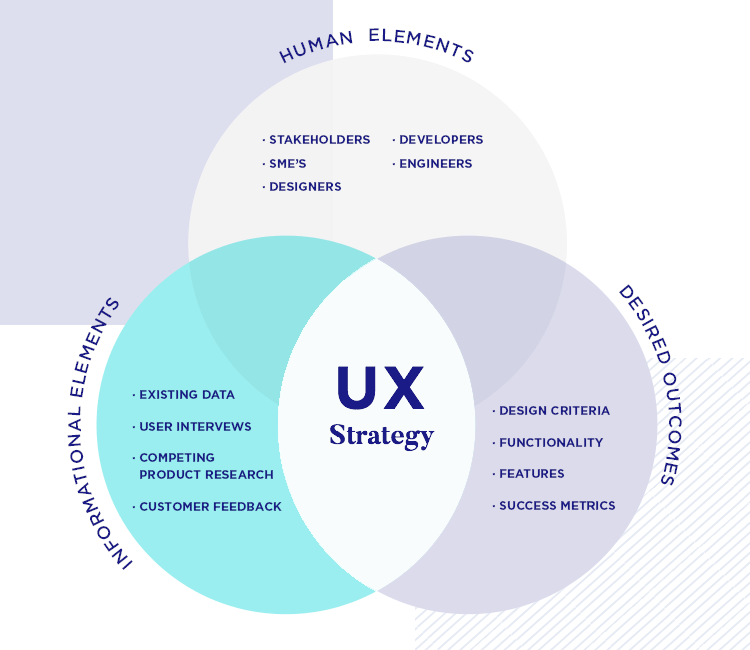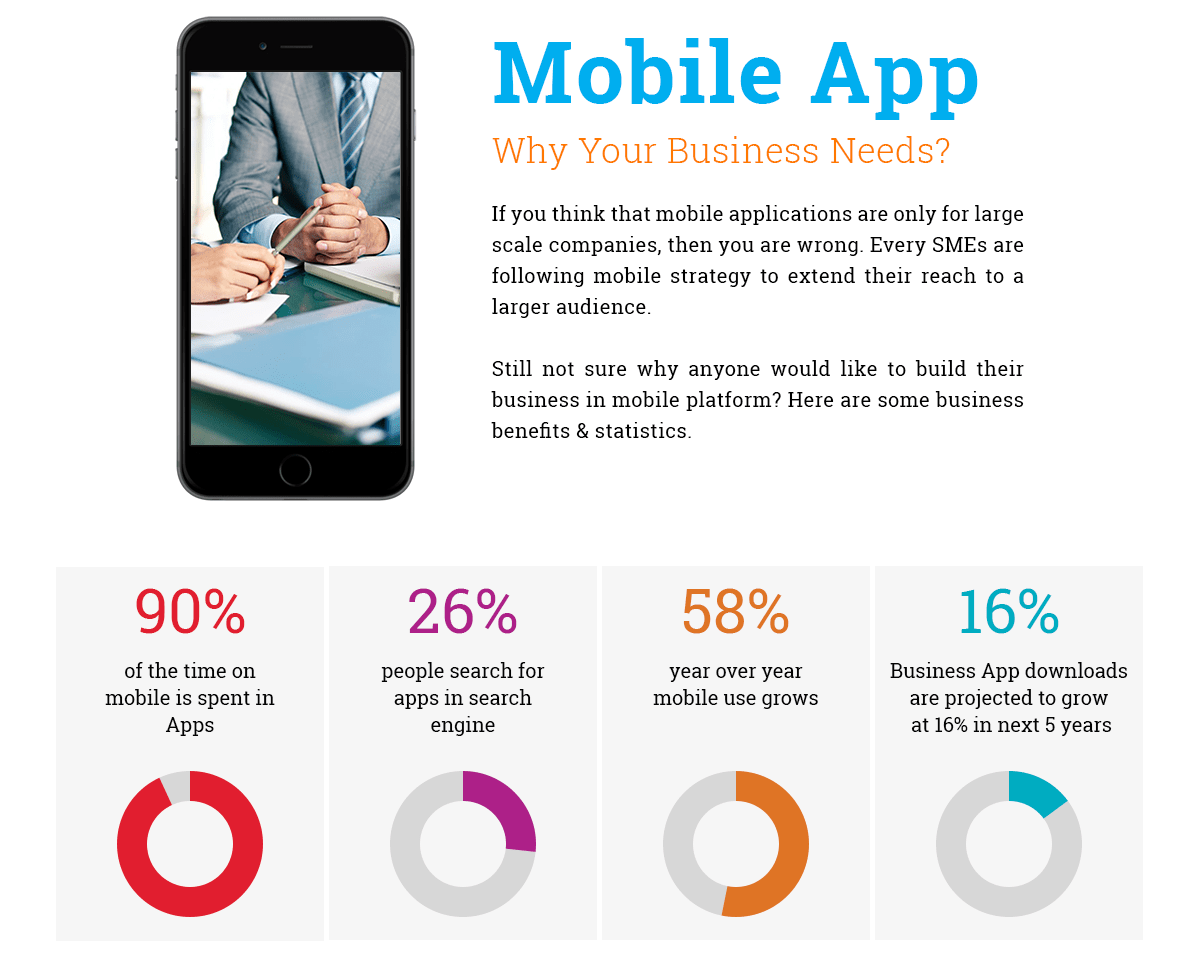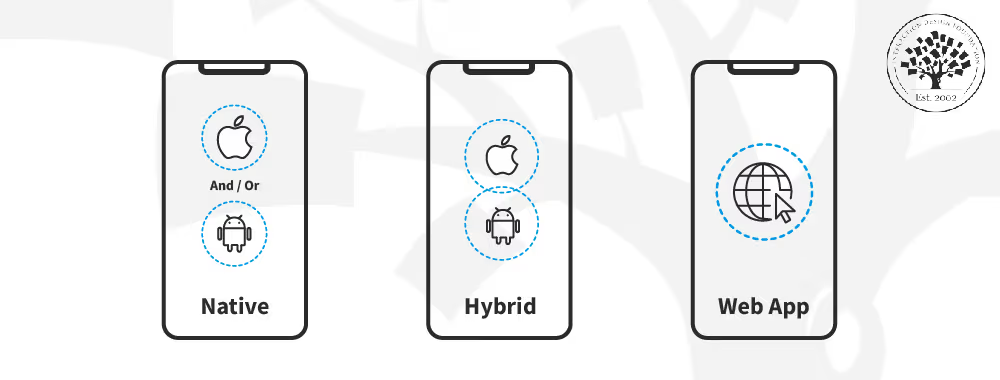In today’s competitive market, companies demand agility, efficiency, and visibility. One of the most powerful ways to achieve this is through effective ERP integration. Whether you’re a growing business or an enterprise managing thousands of moving parts, integrating your ERP (Enterprise Resource Planning) system with other applications is essential for success.
In this guide, we’ll explore what ERP integration really means, how it can revolutionize your operations, the top services available, and some of the common challenges you might face.
For tailored ERP services and advice, visit Singleclic’s ERP services page.
What Is ERP Integration?
ERP integration refers to connecting your ERP software with other digital tools like CRMs, e-commerce platforms, supply chain systems, HR tools, and data warehouses. The goal? A single source of truth where information flows smoothly across departments.
This connectivity eliminates data silos, manual entry errors, and redundant processes. Instead of managing isolated applications, ERP integration streamlines operations, boosts productivity, and improves decision-making.
Tamer Badr’s Perspective
“When ERP systems are properly integrated, you stop fighting your tools and start working with them. It’s not about plugging in tech—it’s about making your operations breathe as one,” says Tamer Badr, founder of Singleclic, a digital solutions agency specializing in ERP solutions for SMEs and enterprises.
Why ERP Integration Matters
A fully integrated ERP can:
- Reduce operational costs
- Automate repetitive tasks
- Provide real-time data visibility
- Improve customer experience
- Ensure compliance and reduce errors
This leads to leaner operations, better financial forecasting, and happier customers.
People Are Always Asking…
“Why can’t I just use separate software and update them manually?”
Manual updates create delays and inconsistencies. Sales might not know what inventory is available. Finance may get invoicing wrong. ERP integration ensures everyone works with accurate, up-to-the-minute data.
“What if my ERP system is outdated?”
Legacy systems can be upgraded or wrapped with integration middleware. Modern services even offer low-code/no-code integrations to bridge old and new tech.
Types of ERP Integration
Here’s a breakdown of the most common types of ERP integration:
- CRM Integration (e.g., Salesforce, HubSpot)
- Synchronizes customer data
- Helps sales and service teams track interactions
- Boosts customer satisfaction
- Synchronizes customer data
- E-Commerce Integration (e.g., Shopify, WooCommerce)
- Auto-updates inventory and orders
- Reduces cart abandonment due to incorrect stock levels
- Auto-updates inventory and orders
- HR and Payroll Integration (e.g., BambooHR, ADP)
- Automates employee onboarding
- Ensures salary accuracy and benefits tracking
- Automates employee onboarding
- Business Intelligence (BI) Integration (e.g., Power BI, Tableau)
- Pulls real-time KPIs from ERP
- Helps executives make faster, data-driven decisions
- Pulls real-time KPIs from ERP
Top ERP Integration Services (With Pros and Drawbacks)
Let’s evaluate some of the leading ERP integration solutions available today:
1. Zapier
Pros:
- Easy drag-and-drop interface
- Integrates with 5000+ apps
- Great for small businesses
Drawbacks:
- Limited customization for complex ERP systems
- Can become expensive with high volume
2. MuleSoft (by Salesforce)
Pros:
- Robust enterprise-grade platform
- Supports legacy and modern systems
- Strong API management
Drawbacks:
- Steep learning curve
- High licensing costs
3. Boomi (by Dell)
Pros:
- Cloud-native, scalable
- Good support for hybrid environments
- Pre-built connectors
Drawbacks:
- Might be too advanced for smaller teams
- Subscription pricing adds up
4. Celigo
Pros:
- ERP-focused (notably NetSuite)
- User-friendly with templates
- Affordable for mid-market
Drawbacks:
- Limited flexibility outside supported platforms
- Some users report lags in syncing large data volumes
5. Singleclic Custom ERP Integrations
Pros:
- Tailored specifically to business needs
- Strong local and regional support
- Hands-on consultation and rollout
Drawbacks:
- Longer initial implementation time
- Dependent on custom scope and budget
“What sets us apart is the human touch. We don’t just connect software—we connect processes, people, and priorities,” adds Tamer Badr.
How to Implement ERP Integration (Step-by-Step)
- Define Your Goals
- What do you want to connect?
- What outcomes are you aiming for (automation, accuracy, visibility)?
- What do you want to connect?
- Evaluate Your Current Systems
- List out your software stack
- Identify potential compatibility issues
- List out your software stack
- Choose the Right Integration Platform
- Cloud vs. on-prem
- Budget and scalability considerations
- Cloud vs. on-prem
- Test Extensively
- Run simulations before going live
- Involve end-users in UAT (User Acceptance Testing)
- Run simulations before going live
- Go Live and Monitor
- Track performance metrics post-implementation
- Maintain and update connections as needed
- Track performance metrics post-implementation
Frequently Asked Questions (FAQ)
Q: Can ERP integration work with legacy systems?
A: Yes. Middleware solutions like MuleSoft or custom APIs can bridge older systems with modern tools.
Q: How long does ERP integration take?
A: From a few weeks (for simple cloud integrations) to several months for enterprise-level setups.
Q: What industries benefit most from ERP integration?
A: Manufacturing, retail, logistics, healthcare, and even government agencies use ERP integrations to enhance workflow.
Q: Will integration disrupt my operations?
A: With a phased rollout and sandbox testing, downtime is minimal. The long-term gains far outweigh short-term transition hiccups.
Real Reviews from Businesses
⭐⭐⭐⭐⭐ “Integrating our e-commerce store with ERP via Singleclic was a game changer. Inventory errors dropped by 80% and fulfillment is now seamless.” – Ahmad R., Logistics Manager
⭐⭐⭐⭐ “Boomi worked well for our hybrid ERP setup, though it took time to master the dashboard. Once running, it’s solid.” – Lana M., Operations Director
⭐⭐⭐⭐⭐ “Tamer’s team didn’t just plug in a system—they actually helped us rethink our operations for the better.” – Mahmoud A., CFO
Final Thoughts: Why ERP Integration Is a Smart Move
ERP integration isn’t just about connecting systems—it’s about creating flow. It empowers businesses to make better decisions, delight customers, and future-proof operations.
Whether you’re a startup scaling up or an enterprise seeking optimization, ERP integration helps unify your data and unlock new levels of performance. Just remember: tools matter, but strategy and support matter more.
If you’re considering ERP integration, think strategically. Get expert help. And most of all—make your systems work for you, not the other way around.







